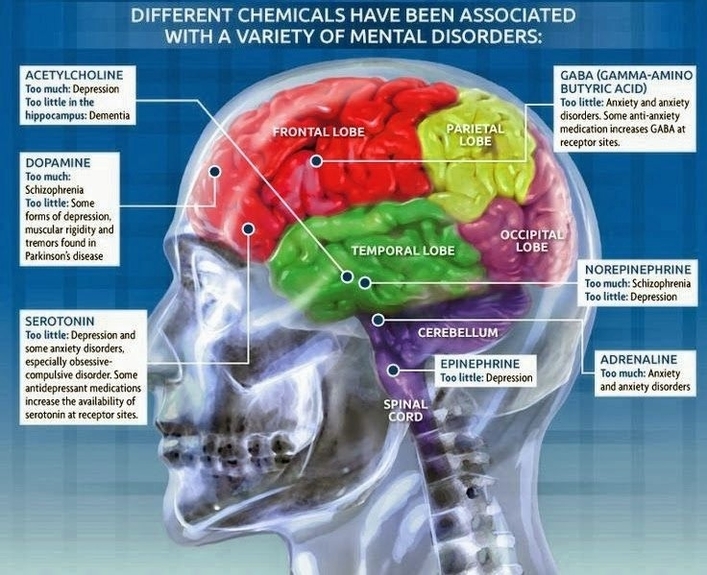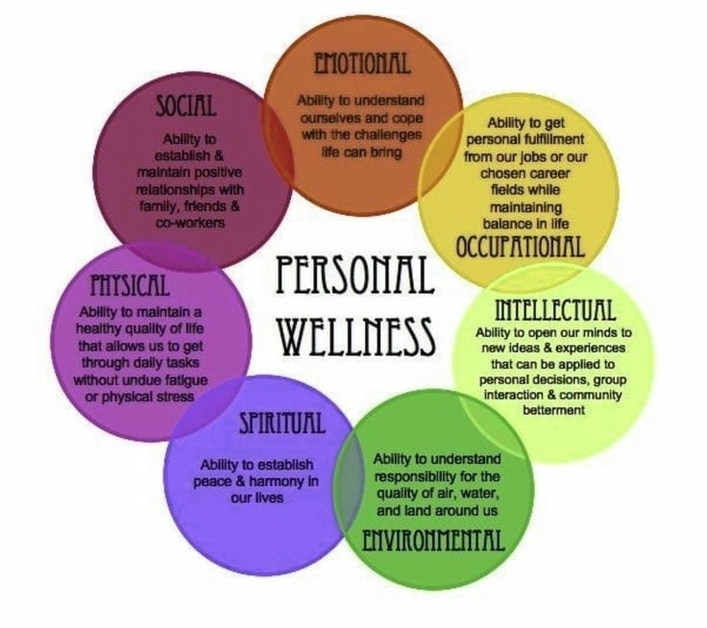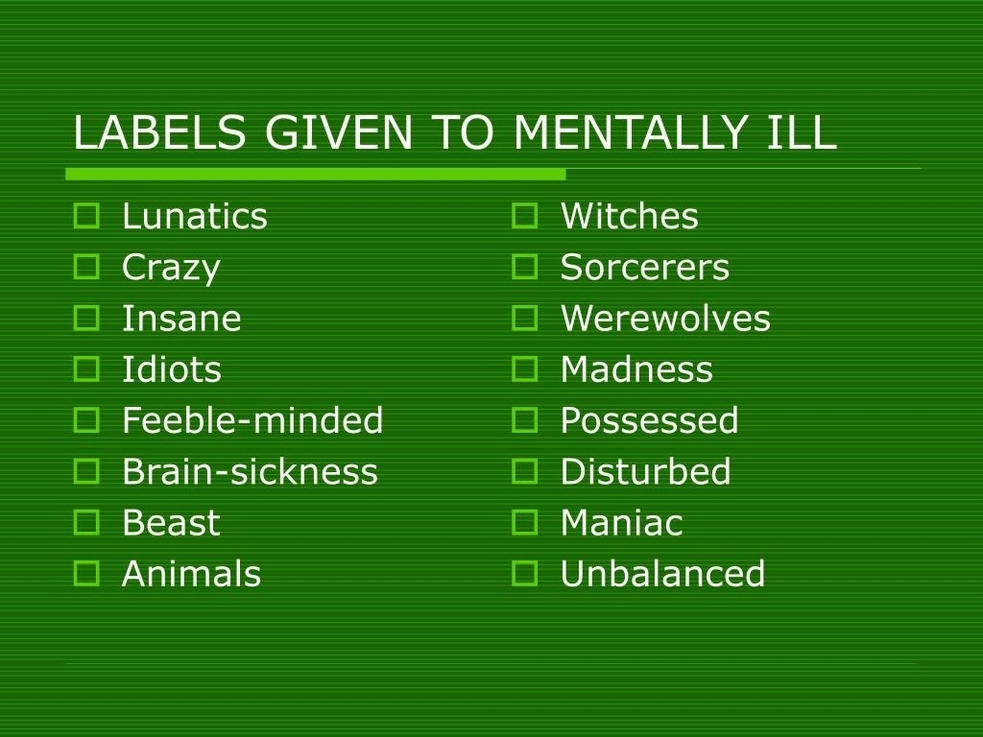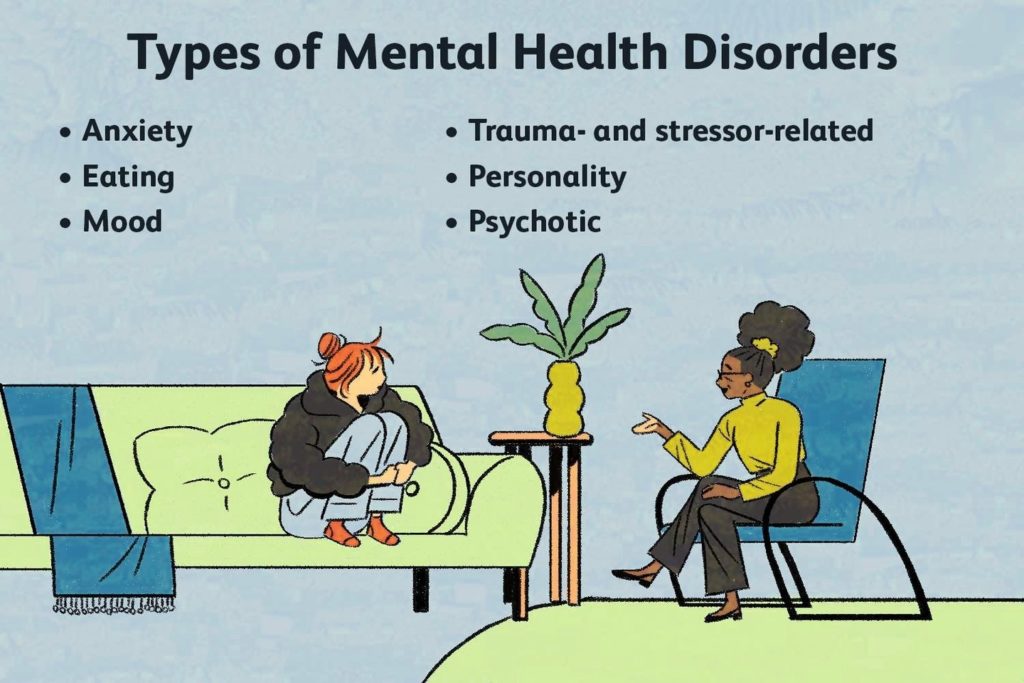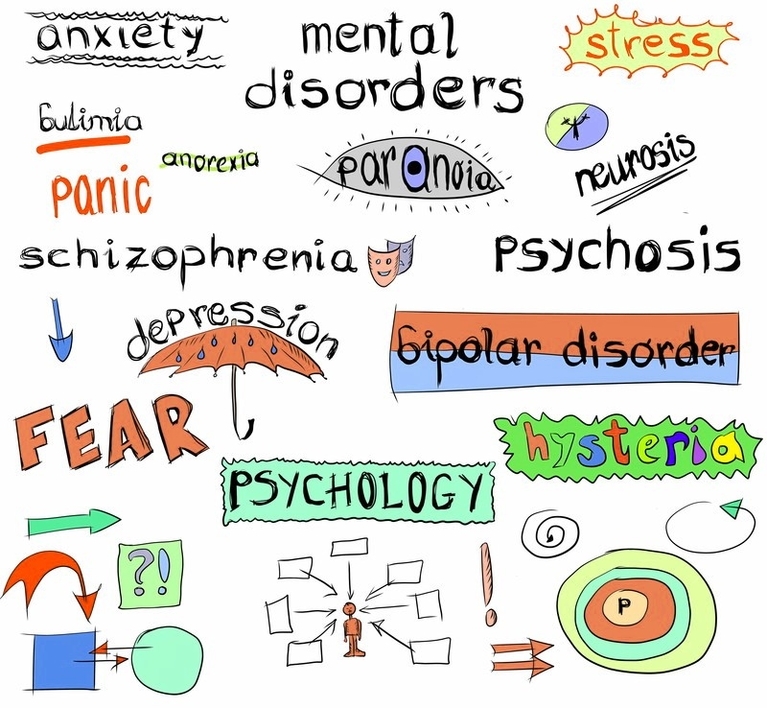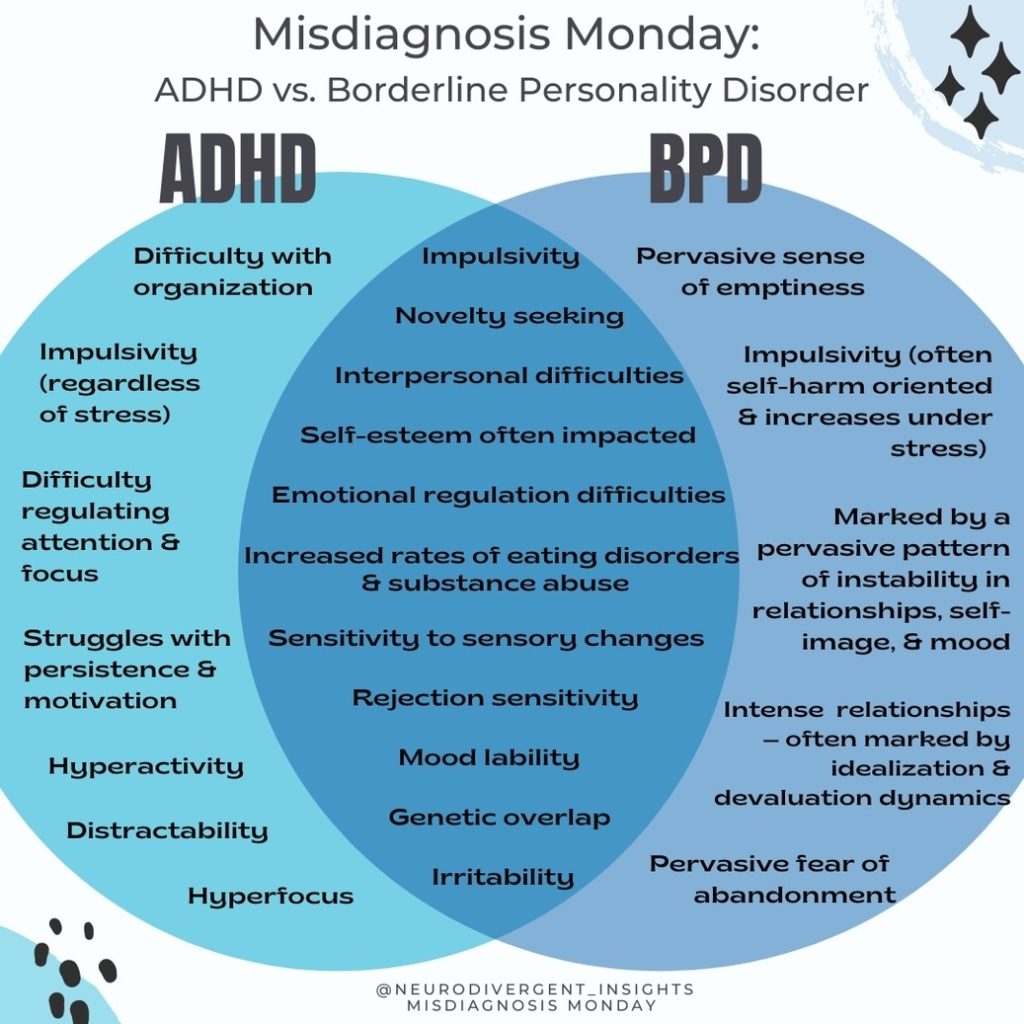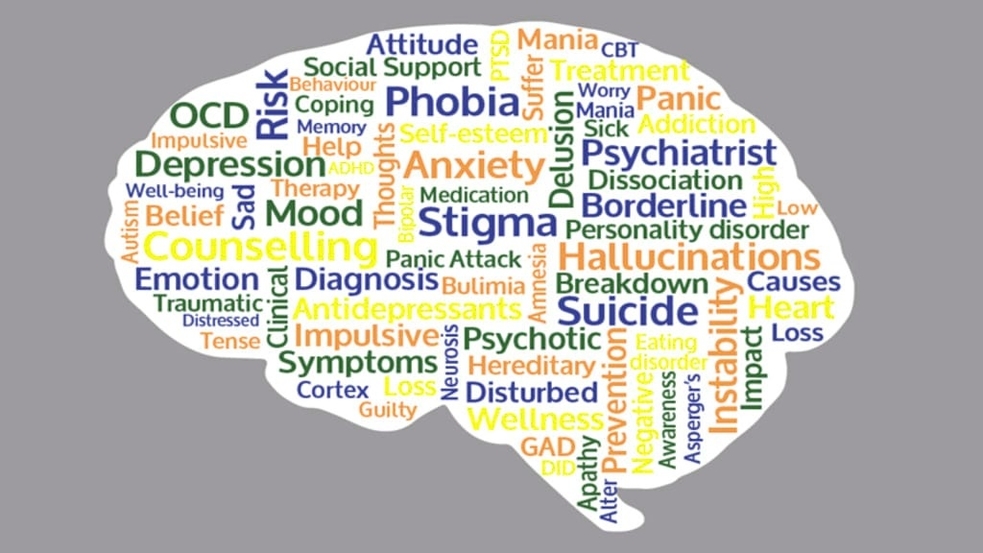Posted inDiagrams
Brain And Mental Disorders
Brain and Mental Disorders Mental disorders, also known as psychiatric disorders, are conditions that affect a person's thinking, feeling, behavior, or mood. These disorders can be occasional or long-term (chronic)…

